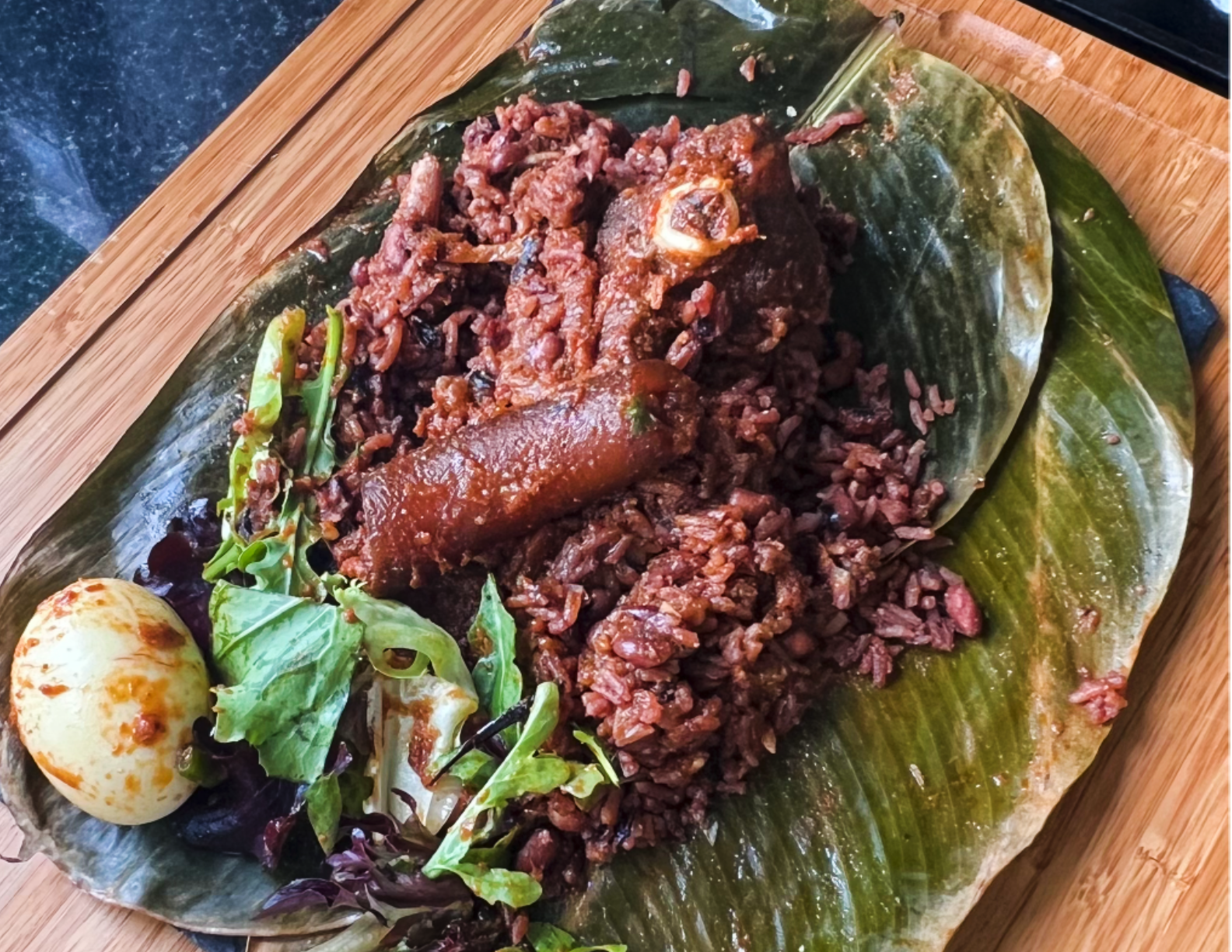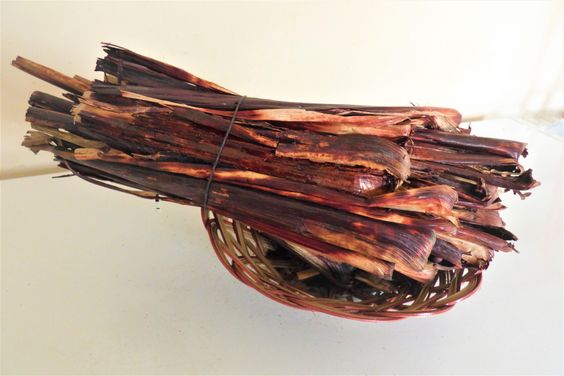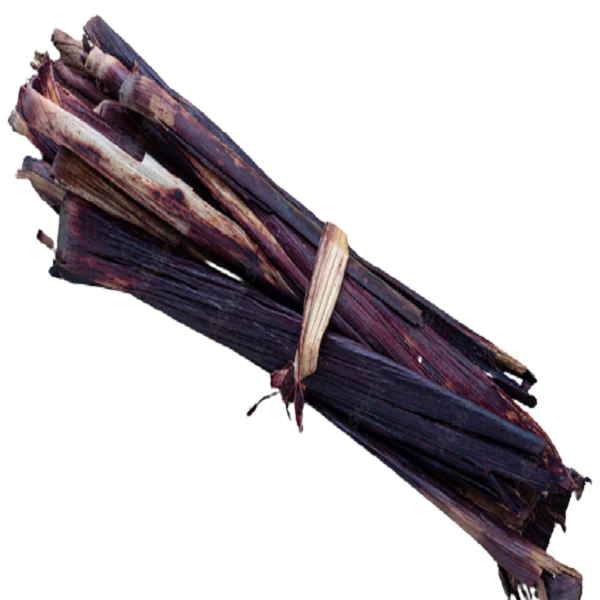Here are 5 hidden mysteries about Waakye leaves that go beyond just giving color.

Here are 5 hidden mysteries about Waakye leaves that go beyond just giving color.
Waakye leaves, which are mostly used in African nations, are important in African homes for food preparation. The plant Waakye, which is commonly called “sorghum leaves” in English, gets its name from this plant. Waakye is usually served with rice and beans together with dried sorghum leaves or stalks.
These leaves are full of minerals and vitamins that strengthen the immune system and fight illnesses that enter the cells.

This plant has been used in many different recipes over the years, mostly in Ghana. Because of its health benefits, its extracts are often utilized to make herbal medication. You should be aware of the following obscure details of waakye leaves:
1. Vitamin Source: Iron, calcium, magnesium, vitamin A, vitamin C, and vitamin E are among the vital vitamins, minerals, and antioxidants found in wakye leaves. These nutrients support stronger immune system function as well as good skin and vision.
2. Potential Heart Health Benefits: Waakye leaves’ high antioxidant and nutritional content may have an impact on heart health. These substances assist in reducing blood pressure, lowering cholesterol, and lowering the risk of cardiovascular illnesses.
3. Blood Sugar Regulation: Waakye leaves have a high fiber content and contain specific chemicals that slow down the absorption of sugar and increase insulin sensitivity, which helps to stabilize blood sugar levels.
4. Culinary Versatility: These leaves can be utilized in a variety of meals and cooking methods in addition to adding flavor to the traditional Ghanaian dish waakye. They can impart a distinct flavor and aroma to soups, stews, sauces, and salads. Cooking techniques including steaming, boiling, or sautéing render them a highly adaptable ingredient.

5. Anti-aging Effects: When included in a balanced diet, the antioxidant qualities of waakye leaves fight free radicals, which may slow down skin aging, reduce oxidative stress, and promote a young appearance.
Waakye is essentially a culinary joy that crosses boundaries and combines tradition and flavor, not merely a meal. It’s a cultural encounter that should be thoroughly enjoyed.





